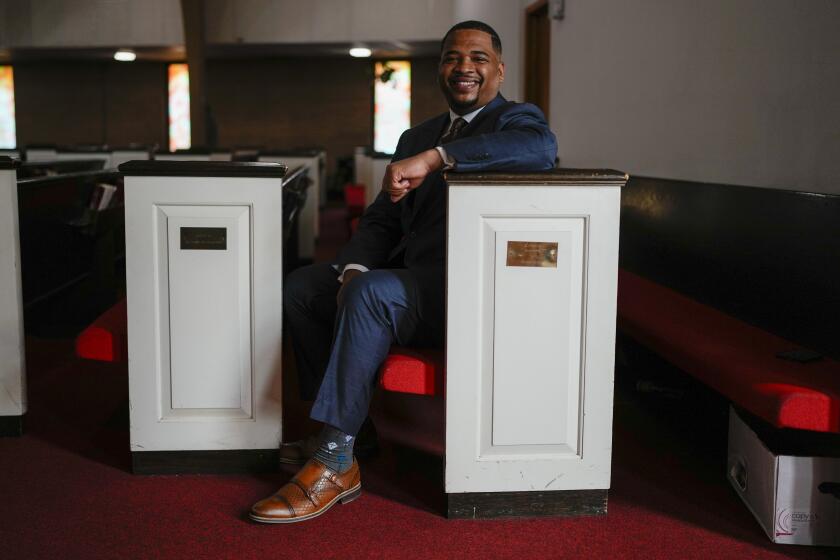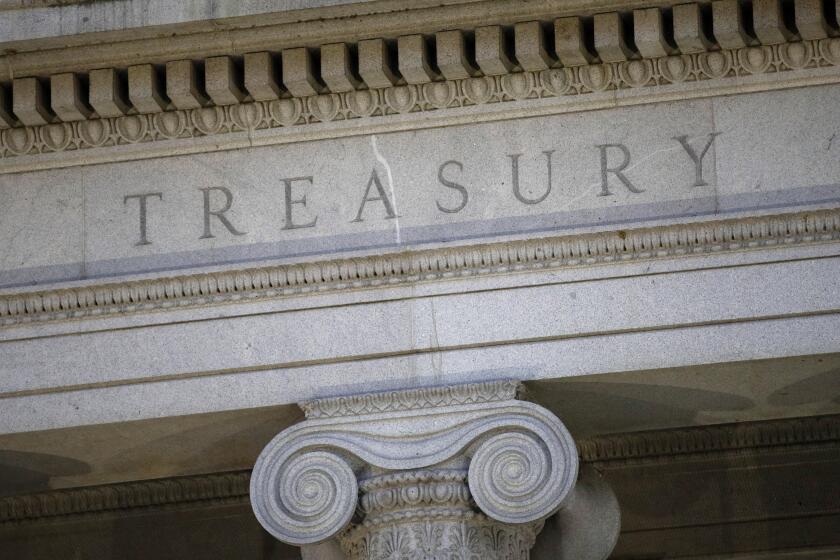Mammograms can find breast cancer, true, but cost-benefit question remains
Mammograms can save lives. We knew that before, and we definitely know it now. A three-decade Swedish study — the longest mammography study ever — found that inviting women to get regular mammograms cut the risk of death during the study period by at least 30%. In the world of medicine, that counts as a big success.
But we also know — without question — that mammograms are imperfect. The National Cancer Institute estimates that the tests miss up to 20% of all cancers. And by any measure, it takes a whole lot of screening to save a life. The researchers behind the Swedish study estimated that it takes 1,000 to 1,500 mammograms to prevent a single breast cancer death. Given that a bargain-rate mammogram costs about $100, that’s a big investment.
There’s another, less obvious cost to mammograms. Recent studies have found that perhaps 6% to 8% of mammograms sound a false alarm, in which a woman gets a big scare over a suspicious spot that turns out to be harmless. Those 1,500 mammograms might save one life, but they will also put 120 or so other women through the emotional wringer. A 2007 study by researchers at the University of North Carolina at Chapel Hill found that women who have a false alarm on a mammogram suffer from unusually high levels of anxiety that can linger for years.
Many women believe in mammograms. A poll conducted in May found that nearly 60% of women say that mammograms should start at age 40, which is 10 years earlier than the U.S. Preventive Services Task Force recommends.
But it was never realistic for any particular woman to assume that a mammogram would dramatically improve her chances for avoiding a deadly disease. In order for a mammogram to save a life, it would have to catch a potentially deadly cancer in its early stages while it was still treatable. That’s a tall order.
In reality, the test often finds tumors that would have never threatened a woman’s life. And when it does find a dangerous cancer, it has often spread beyond any real chance for a cure. In those cases, a mammogram might give a woman an early start on chemotherapy, but it doesn’t change her fate.
Of note, the new study says nothing new about the value of mammograms for women in their 40s. (The study included some women in this group, but the researchers lumped them together with everyone else.) Advanced breast cancer is rare in these women, which makes it that much less likely that a mammogram will turn into a life saver. The Preventive Services Task Force has estimated that screening for these women could cut the already meager death rate by about 15%, but a study out of Sweden published in February pegged the reduction at about 24%. It’s safe to guess that there will be more — and different — numbers to come.
The American Cancer Society still recommends yearly mammograms starting at age 40, but that’s still just general advice. No matter the news of the day, the decision whether to have a mammogram is ultimately up to each woman. And the more she knows about the strengths — and shortcomings — of the test, the better she can feel about her decision.
More to Read
Start your day right
Sign up for Essential California for news, features and recommendations from the L.A. Times and beyond in your inbox six days a week.
You may occasionally receive promotional content from the Los Angeles Times.






